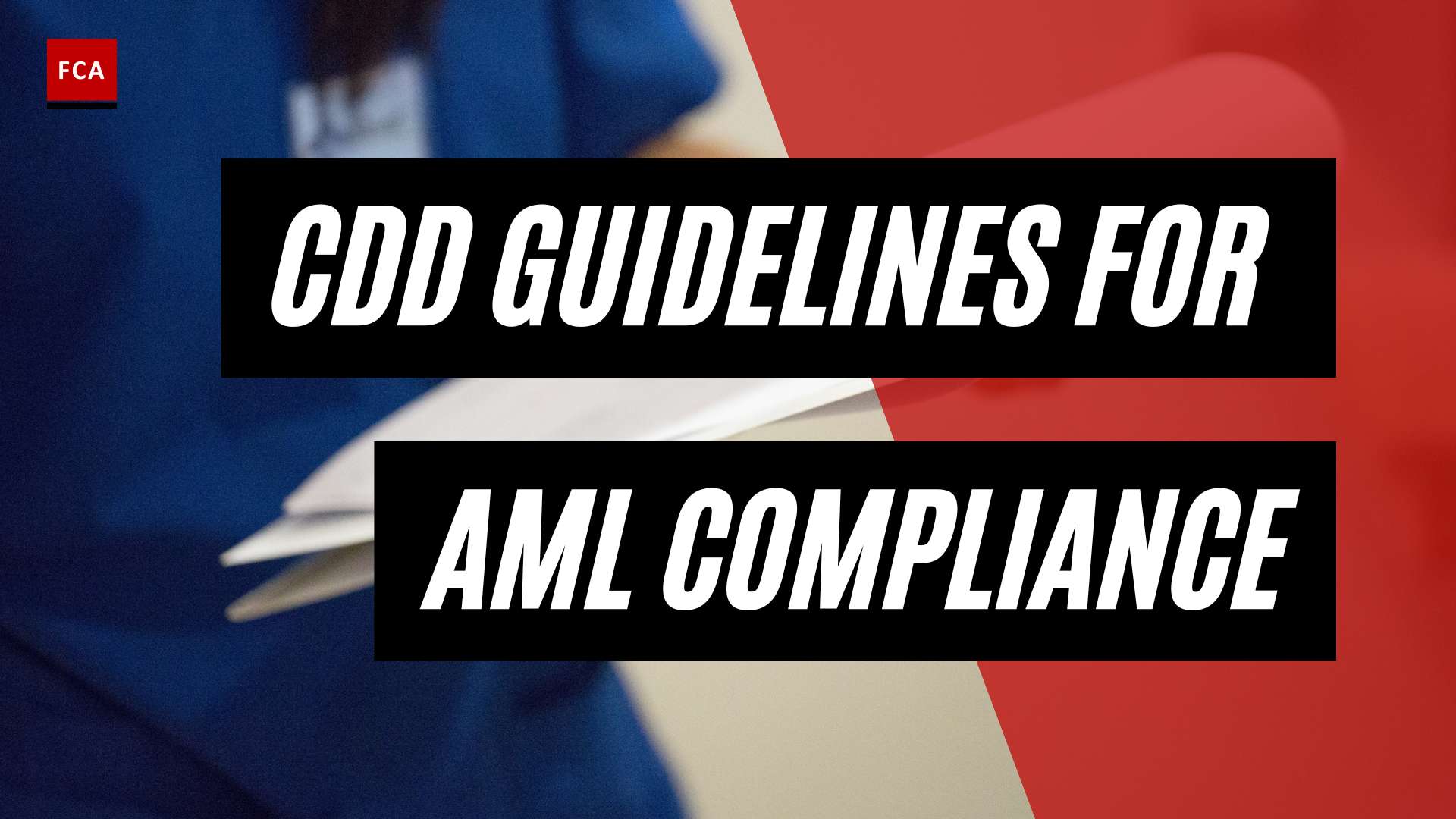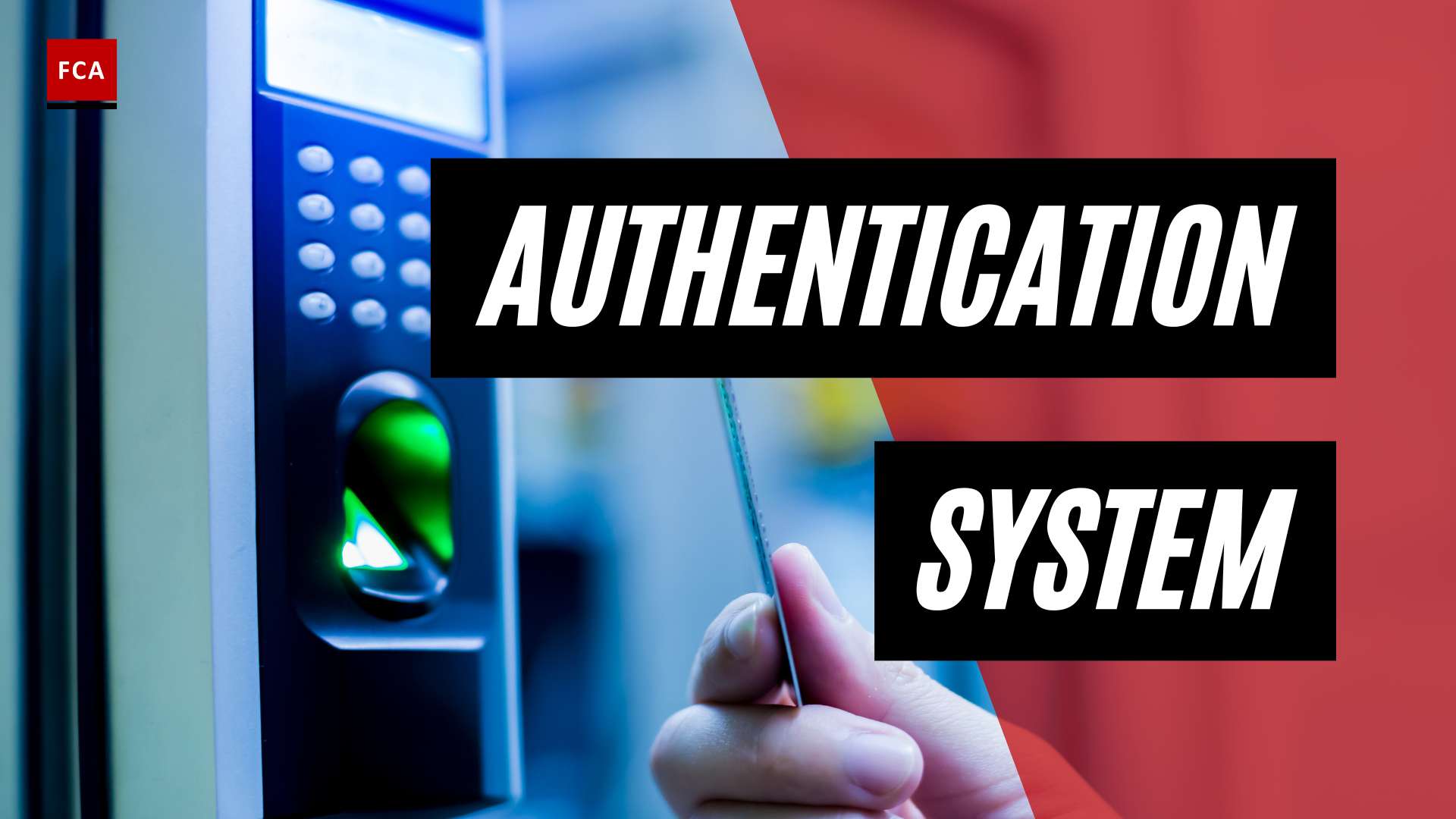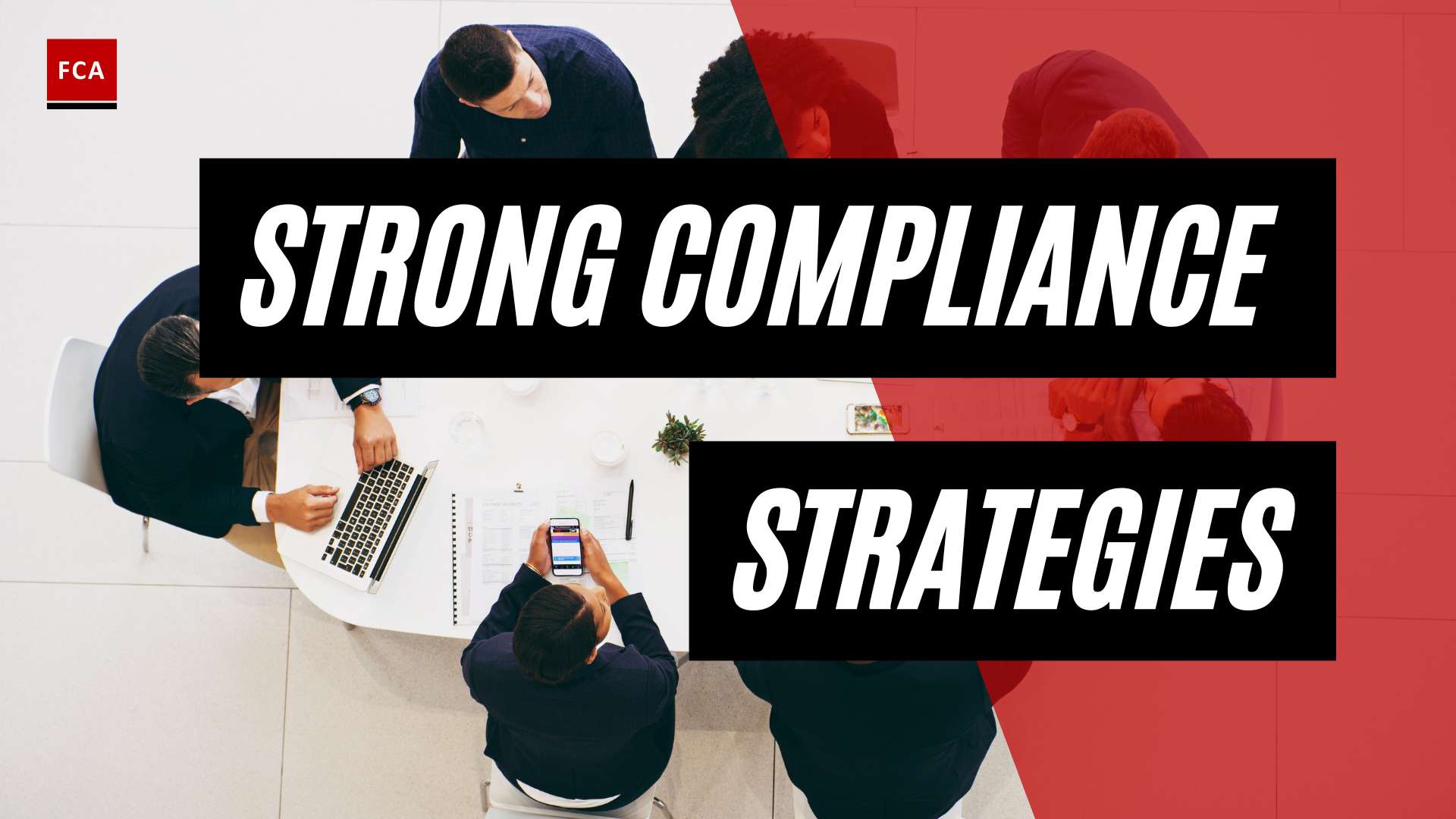Let’s spend some time talking about the Black Market Peso Exchange. This money laundering method is considered one of the most successful and efficient laundering schemes in the world.
The Black Market Peso Exchange is a trade-based money laundering technique commonly used by narcotics traffickers in Colombia and Mexico.
The central feature uses a money trader to ensure that US drug sales revenue doesn’t cross any borders. Instead, those dollars are used to purchase any number of legitimate commodities from unsuspecting businesses on behalf of legitimate South American businesspersons, whose legitimate imports are used to obtain pesos for the drug cartels.
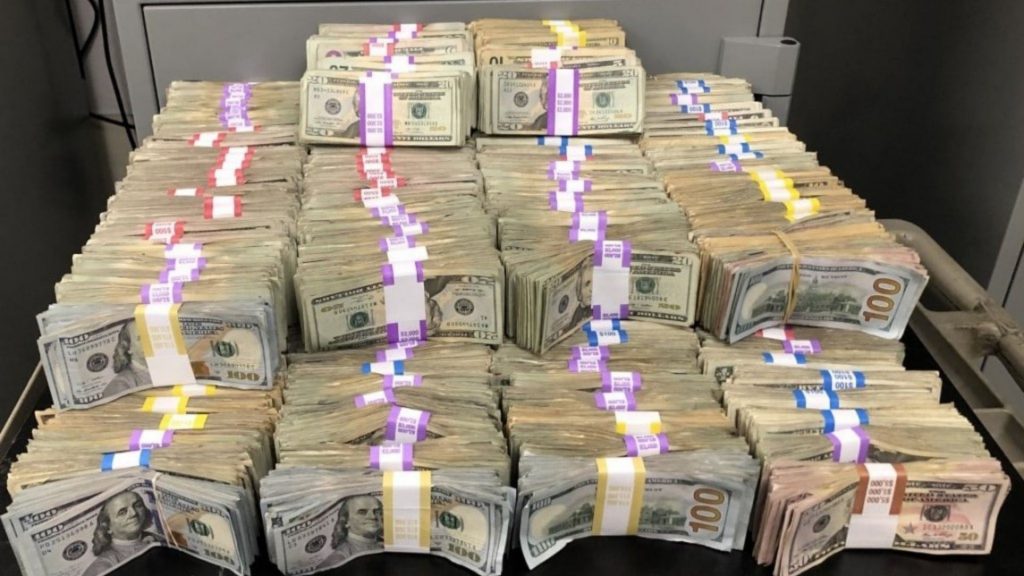
Black Market Peso Exchange
The Black Market Peso Exchange is not a new concept. Still the recent settlement demonstrates that the system has evolved to include the investment of dirty dollars into legal, high-end, profit-generating real estate.
The Black Market Peso Exchange (BMPE) is a trade-based money laundering system that converts drug dollars into Latin American local currencies.
In the 1980s, as organized crime adapted to increasingly stringent financial regulations requiring traditional banks to know their customers and ensure their income source was legitimate, BMPE became a mainstay of money laundering.
Distinct Steps in Black Market Peso Exchange
Let us take an example with a fictitious drug cartel. In practice, it can be any criminal organization or even a legitimate organization that seeks to avoid, for example, tax payments. This exemplary black-market peso exchange involves six distinct steps.
Step 1: Obtaining criminal proceeds
The first and obvious step is that there needs to be some illegality obtained money that should be laundered. Let’s assume a drug cartel sells drugs for 1 million US-Dollar in the United States. The case is received after a drug sale. The drug-selling organization in the United States collects and stores the cash.
Step 2: Involvement of Intermediary Services
Secondly, the drug-selling organization contacts his cartel representative. The drug-selling organization explains that it is ready to turn over money owed to the cartel. The cartel representative notifies one or more money brokers in South America of the 1 million US-Dollar available in the United States. The money broker in South America then purchases the 1 million US-Dollar at a discounted rate. Subsequently, the money broker received the 1 million US-Dollar in cash and placed them in the US financial system. The placement might happen through structured deposits using smurfs or other methods. The money broker is then given thirty days to remit the local currency’s equivalent to the cartel in South America.
Step 3: Identification of Complicit Companies
Thirdly, the money broker identifies exporting companies in the United States intending to ship goods to South America and importing companies in South America intending to import goods from the United States.
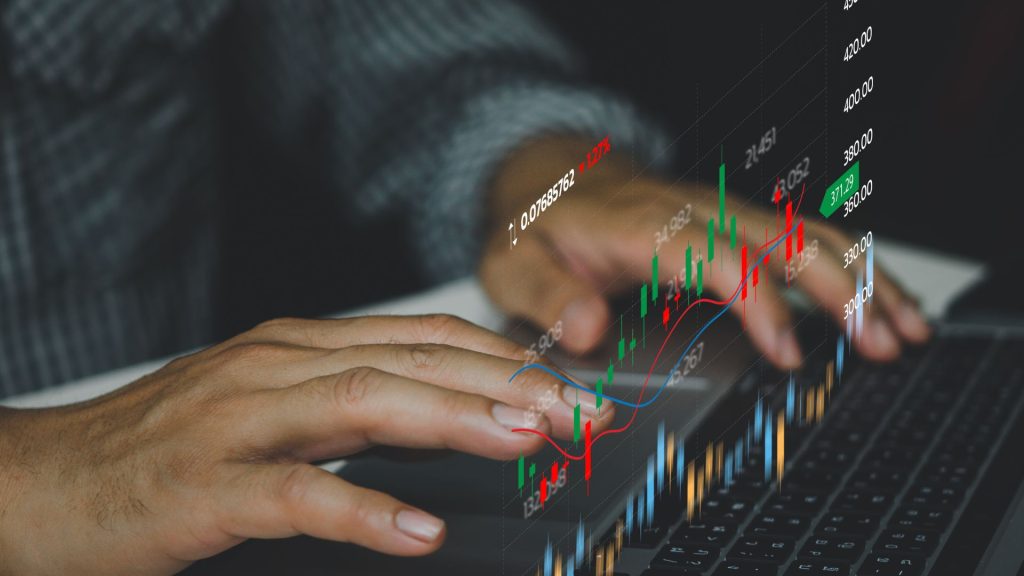
Step 4: Payment of the Exporter
Once the money broker has identified an appropriate importing and exporting business, the shipping terms are defined. Subsequently, the money broker pays the exporting business with the US-Dollar available in the United States.
Step 5: Shipment and sale of goods
Next, the goods are shipped to South America and received by the importer. The importer then sells the goods to its clients and receives local currency.
Step 6: Reimbursement
Finally, the importer reimburses the money broker in local currency, for example, in pesos. The pesos received are then forwarded to the South American cartel. In this method, the cartel receives the proceeds of their drug distribution activities without the dollars ever leaving the United States.
Finally, the money has been laundered without physically relocating cash to the United States.
Final Thoughts
The Black Market Peso Exchange is the Western Hemisphere’s most extensive money laundering methodology. BMPE is a method of money laundering in which money earned through trade is embezzled through international trade and blocked currency accounts. It is also the process of cashing out and laundering profits from the illegal drug trade.
Despite the tight regulation, Colombian businesspeople were able to access the US dollar thanks to the underground financial system that emerged in the 1960s.


